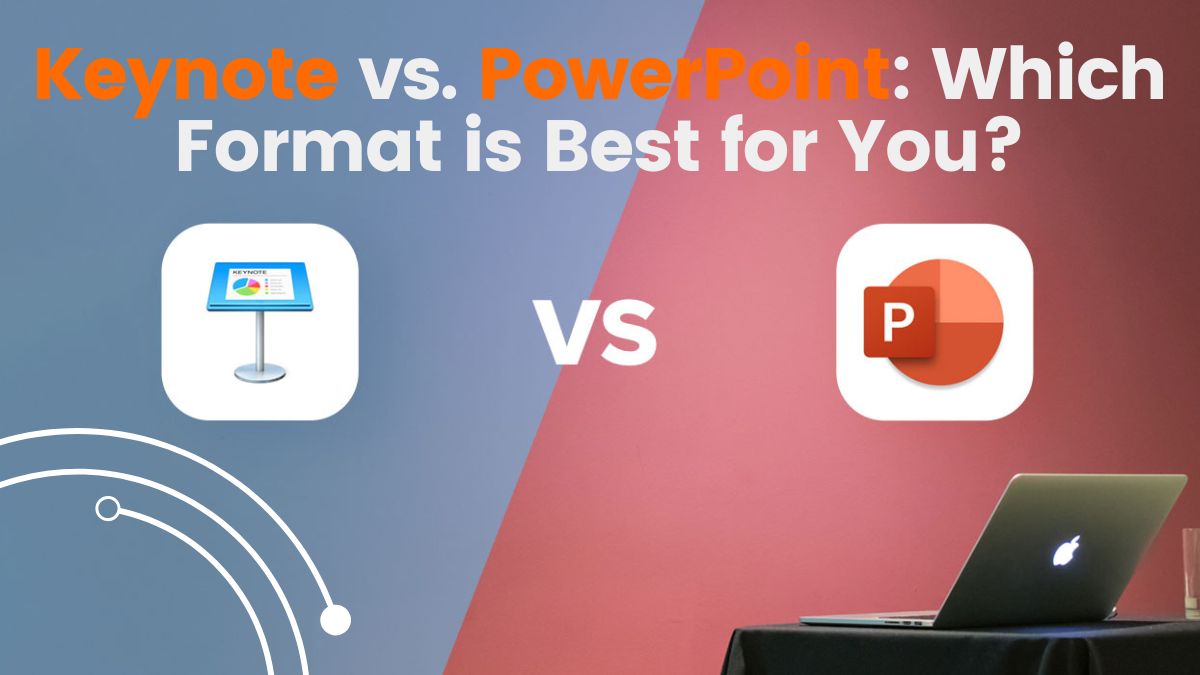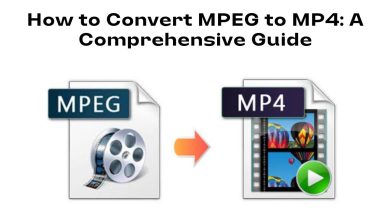
In the world of digital presentations, two software behemoths dominate. They are Apple’s Keynote and Microsoft’s PowerPoint. Both platforms have devoted followers, and each boasts unique features and benefits. But how do you choose the right one for your needs? In this blog post, we’ll cover Keynote and PowerPoint. We’ll compare their strengths and weaknesses. This will help you make an informed choice.
Introduction to Keynote and PowerPoint
Keynote:
Keynote, iWork is made by Apple. It includes Keynote. Keynote is known for its sleek design and easy interface. It also integrates seamlessly with macOS and iOS. It’s popular among Apple fans and those who value aesthetics in their presentations.
PowerPoint:
PowerPoint, part of Microsoft Office. It is arguably the most popular presentation software worldwide. It’s known for its powerful features. It has a big template library. It works with many operating systems and devices.
User Interface and Ease of Use
Keynote:
Keynote’s interface is clean and minimalist, reflecting Apple’s design philosophy. The toolbar is simple. It lets users access the most common tools quickly. You can drag and drop. This, combined with a simple layout, lets beginners quickly make polished presentations. The learning curve is minimal for those who have previously used Apple software.
PowerPoint:
PowerPoint’s interface is complex due to its extensive range of features. The ribbon toolbar debuted in Office 2007. It divides tools into tabs, which can overwhelm new users. However, this complexity has flexibility and depth. It allows for many customization options. Seasoned users appreciate the extensive functionality and find the interface intuitive once familiarized.
Design and Aesthetic Capabilities
Keynote:
Keynote excels in design aesthetics. Its templates are visually appealing and modern, emphasizing high-quality graphics and smooth animations. The software has built-in tools. They can add cinematic transitions and effects. They can make presentations look professional with little effort. Keynote’s alignment and spacing guides are very useful. They keep layouts clean and organized.
PowerPoint:
PowerPoint provides many design templates. But, they may not look as good as Keynote’s. However, PowerPoint excels at customization. Users can freely modify templates. Advanced features like Morph transition and 3D model integration enable creative presentations. PowerPoint’s SmartArt and Designer features offer extra design help. They make it easier to create nice presentations.
Collaboration and Sharing
Keynote:
Keynote offers robust collaboration features within the Apple ecosystem. Users can share presentations via iCloud. This allows for real-time collaboration on macOS and iOS devices. Changes are seamlessly synced, and multiple users can collaborate on the same presentation. However, working with non-Apple users can be hard. This is because Keynote files must be changed to PowerPoint or PDF. This is for better compatibility.
PowerPoint:
PowerPoint provides excellent collaboration capabilities, especially in cross-platform environments. Office 365 allows users to collaborate in real-time on Windows, macOS, and even the web. OneDrive integration makes presentations accessible from anywhere. Version history lets users track changes and revert to old versions. PowerPoint is compatible with many file formats. This lets you share presentations with more people.
Integration with Other Tools
Keynote:
Keynote works well with other Apple apps. These apps include Pages and Numbers. This makes Keynote a valuable tool in the Apple ecosystem. Users can easily include content from these apps in their presentations. Keynote also lets you export presentations in PowerPoint and PDF formats. But, some advanced features may not translate perfectly.
PowerPoint:
PowerPoint’s integration with Microsoft Office offers a significant advantage. Users can easily combine data from Excel, Word, and other Office applications. PowerPoint also supports a wide range of third-party add-ins, which expand its functionality. Also, PowerPoint is compatible with many multimedia formats and online sources (like YouTube). This makes it more versatile.
Performance and Stability
Keynote:
Keynote is for macOS and iOS. It runs smoothly on Apple devices. It handles high-resolution images and complex animations effortlessly. However, performance may differ when exporting or converting Keynote files to other formats.
PowerPoint:
PowerPoint is known for its stability on various platforms. PowerPoint performs consistently across Windows, macOS, and the web. It can handle large presentations with multiple multimedia elements without causing significant lag. PowerPoint’s autosave feature and recovery options protect against crashes. They also protect against unexpected shutdowns.
Cost and Accessibility
Keynote:
Keynote is free on all Apple devices. This makes it ideal for individuals and small businesses on a budget. However, it requires a Mac, iPhone, or iPad, which limits its availability to Apple users.
PowerPoint:
PowerPoint is in Microsoft Office. It needs a subscription (Office 365) or a one-time purchase (Office). This can be expensive. But, the value is often justified by the Office suite’s many tools and services. PowerPoint is on multiple platforms: Windows, macOS, web, and mobile. This makes it available to a larger audience.
Customization and Flexibility
Keynote:
While Keynote has more customization options than PowerPoint, it is still limited. Users can change templates, fonts, and colors. But, the software values simplicity and ease of use over extensive customization. Keynote allows most users to make pretty presentations. It does this without overwhelming them with options.
PowerPoint:
PowerPoint offers excellent customization options. Users can customize almost every part of their presentations. They can change slide layouts and themes, animations, and transitions. The long list of options lets users tailor their presentations. They can tailor them to their needs. Power users can also use PowerPoint’s scripts and macros. They can use them to automate tasks and add interactivity.
Final Verdict: Which is Best for You?
Choosing between Keynote and PowerPoint ultimately depends on your specific needs and preferences. Here’s a quick summary to help you decide:
- Choose Keynote if:
- You are heavily invested in the Apple ecosystem.
- You prioritize design aesthetics and a clean, intuitive interface.
- You need a free, powerful presentation tool for macOS and iOS devices.
- You collaborate primarily with other Apple users.
- Choose PowerPoint if:
- You need a feature-rich presentation tool with extensive customization options.
- You work in a cross-platform environment or collaborate with users on different operating systems.
- You require robust integration with other Microsoft Office applications.
- You are willing to invest in a subscription for Office 365 or a one-time purchase of Office.
Both Keynote and PowerPoint are powerful tools. Each has unique strengths. By understanding their differences. Then, by evaluating your needs. You can make an informed choice. It will improve your presentations and meet your needs.




